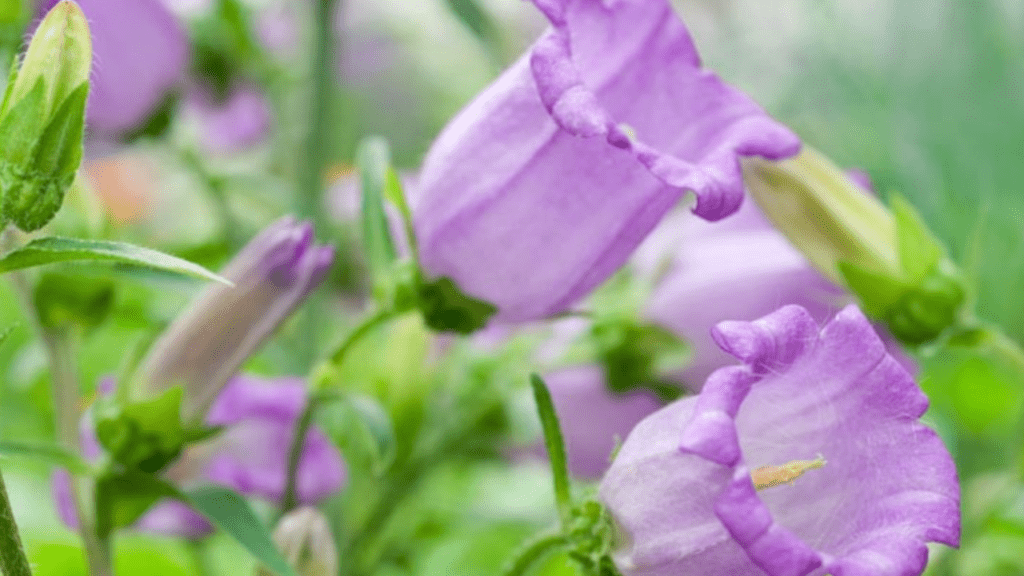
Bell Flowers: The Ultimate Guide to Planting and Maintenance
Are you tired of struggling to keep your bell flowers alive and thriving? Look no further, because this ultimate guide to planting and maintenance has got you covered. Whether you’re a seasoned gardener or a beginner, we’ve compiled all the tips and tricks you need to ensure your bell flowers are the envy of the neighborhood. From soil preparation to watering and pruning, we leave no stone unturned in this comprehensive guide. So, if you’re ready to take your gardening game to the next level, buckle up and get ready to become a bell flower pro.
Table of Contents
ToggleWhat Are Bell Flowers?
Bell flowers, also known as Campanula, are a popular and beautiful flower that blooms in a variety of colors, including blue, purple, pink, and white. They are known for their bell-shaped flowers and are a favorite addition to gardens and floral arrangements. campanula flowers are a low-maintenance plant, making them perfect for both beginner and experienced gardeners. They thrive in well-drained soil and prefer to be in full or partial sun. With the right care and maintenance, bell flowers can bloom throughout the summer, adding beauty and elegance to any garden. So, if you’re looking to enhance your garden with these stunning flowers, look no further than the ultimate guide to planting and maintaining bell flowers. You’ll be amazed at how easy it is to cultivate and care for these delightful blooms.
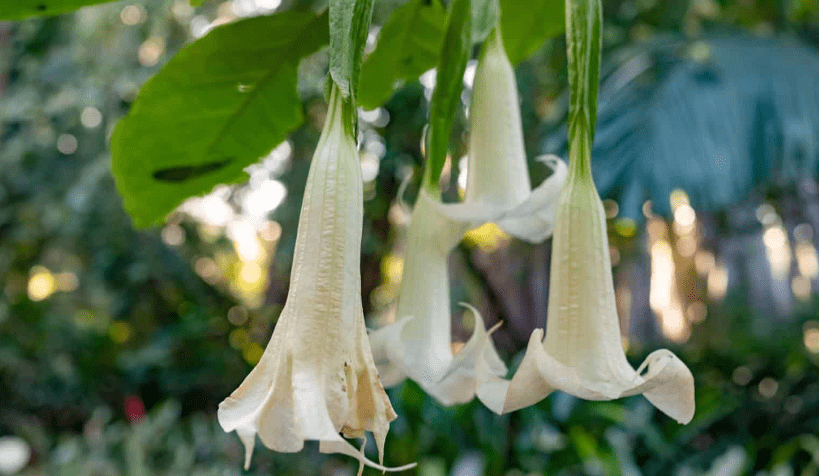
Popular Types of Bell Flowers
Highlight popular species and varieties such as Campanula, Canterbury bells, and Bluebells.
When it comes to campanula flowers, there are several popular species and varieties to choose from. One well-loved species is Campanula, which comes in a variety of colors such as blue, purple, pink, and white. Another popular variety is Canterbury bells, which are known for their large, bell-shaped flowers and come in shades of blue, white, and pink. Bluebells are also a favorite among gardeners, with their stunning blue, bell-shaped blooms adding a pop of color to any garden. Whether you prefer the classic blue, the soft hues of pink and white, or the vibrant purple, there is a bell flower variety to suit every garden aesthetic. These beautiful flowers are a must-have for any garden, and with their low-maintenance nature, they are perfect for both beginners and experienced gardeners alike. So, don’t hesitate to add these popular bell flower varieties to your garden and enjoy their stunning beauty throughout the summer months.
Growing Bell Flowers in Your Garden
Ideal growing conditions: light, soil, and climate preferences.
If you want to grow beautiful bell flowers in your garden, you need to ensure that you provide them with the ideal growing conditions. campanula flowers thrive in well-drained soil and prefer a location with full sun to partial shade. They also prefer a cool climate, making them perfect for gardens in temperate regions. When planting campanula flowers, make sure to provide them with plenty of space to allow for air circulation and prevent overcrowding. It’s important to water them regularly, especially during dry spells, to keep the soil evenly moist. With the right care and attention, your bell flowers will reward you with their stunning blooms and add a touch of elegance to your garden. So, make sure to create the perfect growing conditions for your bell flowers and enjoy their beauty for years to come.
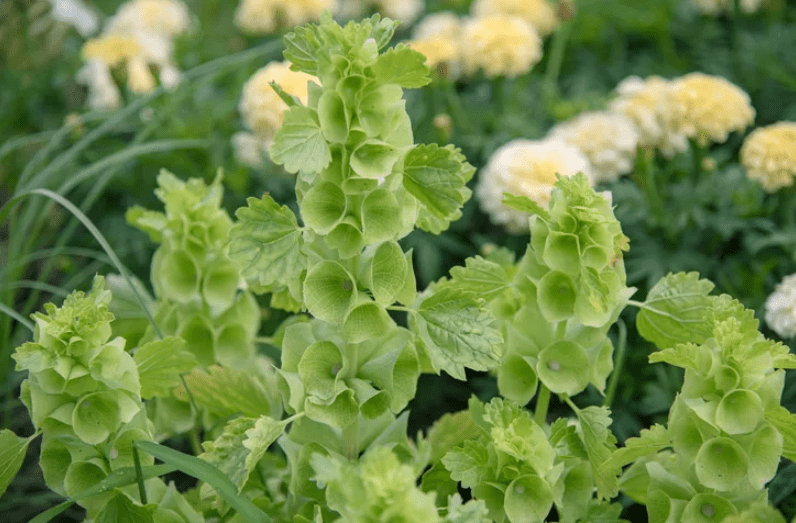
Planting tips for garden beds, borders, and containers.
When it comes to planting campanula flowers in garden beds, borders, and containers, there are a few key tips to keep in mind. First, make sure to choose a location with well-drained soil and plenty of sunlight. Bell flowers thrive in these conditions and will produce more vibrant blooms. When planting in garden beds, be sure to space the plants adequately to allow for proper air circulation and prevent overcrowding. In containers, use a high-quality, well-draining potting mix to ensure the plants have the right growing medium. Watering is crucial for campanula flowers, so be sure to keep the soil evenly moist, especially during dry spells. With these tips in mind, you can create the perfect growing conditions for your bell flowers and enjoy the stunning beauty they bring to your garden. So, take the time to plan and prepare for the best possible growing environment for your bell flowers, and you will be rewarded with an abundance of beautiful blooms.
Watering, fertilization, and mulching guidelines for healthy growth.
When it comes to growing campanula flowers, it’s important to follow specific guidelines to ensure healthy growth and vibrant blooms. First and foremost, choose a location with well-drained soil and ample sunlight. campanula flowers thrive in these conditions and will produce more colorful and robust blooms. Whether you’re planting in garden beds or containers, it’s essential to provide adequate spacing to allow for proper air circulation and prevent overcrowding. In containers, use a high-quality, well-draining potting mix to provide the plants with the ideal growing medium.
Watering is crucial for the health and vitality of campanula flowers. Be sure to keep the soil evenly moist, especially during dry spells, to ensure the plants thrive and produce the best blooms. In addition to proper watering, fertilization is important for promoting healthy growth and abundant flowers. Use a balanced, all-purpose fertilizer to provide the necessary nutrients for robust and vibrant blooms.
Finally, mulching can also play a key role in the health and growth of campanula flowers. A layer of organic mulch around the base of the plants can help to retain moisture, suppress weeds, and regulate soil temperature, creating an optimal growing environment for campanula flowers.
By following these watering, fertilization, and mulching guidelines, you can create the perfect conditions for healthy and beautiful campanula flowers in your garden. With a little planning and preparation, you can enjoy an abundance of stunning blooms that will enhance the beauty of your outdoor space. So, don’t overlook the importance of these essential care practices for the best possible results with your campanula flowers.
Seasonal Care for Bell Flowers
How to protect bell flowers in winter and prepare them for blooming in spring.
campanula flowers are a beautiful addition to any garden, but they need proper care and attention, especially in the winter months. To protect them and ensure they bloom beautifully in the spring, you need to take a few key steps. First and foremost, make sure to water your campanula flowers adequately before the winter sets in. This will help them survive the cold and harsh weather conditions. Additionally, it’s important to fertilize your bell flowers with a balanced, all-purpose fertilizer to provide the necessary nutrients for healthy growth and vibrant blooms. Another essential step is to mulch around the base of the plants to retain moisture, suppress weeds, and regulate soil temperature, creating an optimal growing environment for campanula flowers. By following these care practices, you can ensure that your bell flowers are well-protected in winter and ready to bloom beautifully in the spring. Don’t overlook the importance of these essential care practices for the best possible results with your bell flowers. With a little planning and preparation, you can enjoy an abundance of stunning blooms that will enhance the beauty of your outdoor space.
Tips on deadheading and pruning to extend the blooming period.
Deadheading and pruning are essential techniques for extending the blooming period of your campanula flowers. Deadheading, or the removal of spent flowers, encourages the plant to produce new blooms, thus prolonging the flowering season. Make sure to regularly inspect your bell flowers for any faded or wilted blooms and promptly remove them to promote continuous flowering. Additionally, pruning can help to maintain the overall health and shape of the plant. Remove any dead or damaged stems to stimulate new growth and ensure a neat and tidy appearance. It’s important to use sharp, clean garden shears to make clean cuts and minimize the risk of disease. By incorporating these techniques into your gardening routine, you can enjoy a longer and more abundant display of beautiful bell flowers in your garden. With a little effort and attention to detail, you can maximize the blooming period of your bell flowers and create a stunning floral showcase that will be the envy of your neighbors.
Propagating Bell Flowers
Methods of propagation: seeds, cuttings, and division.
When it comes to propagating campanula flowers, there are a few different methods you can use to expand your garden and create more beautiful blooms. One method is through seeds, which involves collecting the seeds from mature bell flowers and planting them in a suitable growing medium. Another method is through cuttings, where you can take a piece of the stem from a healthy bell flower plant and root it in water or soil to create a new plant. Lastly, division is a method where you can separate the roots of a mature bell flower plant and replant them to create new, independent plants. By utilizing these propagation methods, you can expand your garden and share the beauty of bell flowers with others. It’s a rewarding process that allows you to continue enjoying the beauty of these flowers for years to come. So, take on the challenge of propagating bell flowers and watch your garden flourish with vibrant blooms.
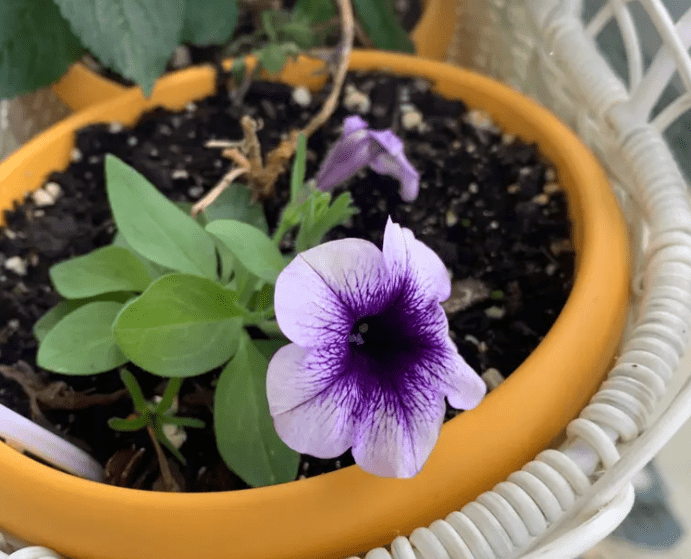
Step-by-step guide to propagating bell flowers from seeds.
Propagating campanula flowers from seeds is a great way to expand your garden and share the beauty of these blooms with others. To start, collect the mature seeds from your existing bell flower plants. Once you have the seeds, prepare a suitable growing medium such as potting soil or a seed-starting mix in a tray or container. Sow the seeds on the surface of the soil and lightly press them in, then water the soil gently. Cover the tray with a plastic dome or plastic wrap to create a greenhouse effect and place it in a warm, bright location. Keep the soil consistently moist and within a few weeks, you should start to see the seeds germinate and grow into seedlings. As the seedlings grow, you can transplant them into individual pots or into your garden once they are large enough to handle. With patience and care, you can successfully propagate bell flowers from seeds and enjoy a beautiful, thriving garden full of these lovely blooms. So, don’t be afraid to take on the challenge of propagating bell flowers from seeds and watch your garden flourish with vibrant colors and beauty. Set your goal to expand your garden and share the joy of bell flowers with others.
Common Problems and Solutions
Identify common pests and diseases affecting bell flowers.
campanula flowers are susceptible to a few pests and diseases, but with proper care and attention, you can keep your plants healthy. One common pest that affects campanula flowers is the aphid, which can cause damage by sucking the sap from the plants. To control aphids, you can introduce natural predators like ladybugs or use a horticultural oil spray. Another common pest is the slugs and snails, which can be controlled by using a barrier or slug bait. In terms of diseases, powdery mildew and root rot are common issues for bell flowers. To prevent powdery mildew, make sure your plants have good air circulation and avoid overhead watering. For root rot, ensure that the soil is well-draining and not waterlogged. By being proactive and monitoring your plants regularly, you can identify and address any pest or disease issues before they become a major problem. Remember, the key to a successful garden is to be diligent and attentive to the needs of your plants. With dedication and a bit of knowledge, you can keep your bell flowers healthy and thriving for years to come. So, don’t let the fear of pests and diseases deter you from growing these beautiful flowers. Embrace the challenge and set the goal of creating a vibrant and beautiful garden with healthy bell flowers.
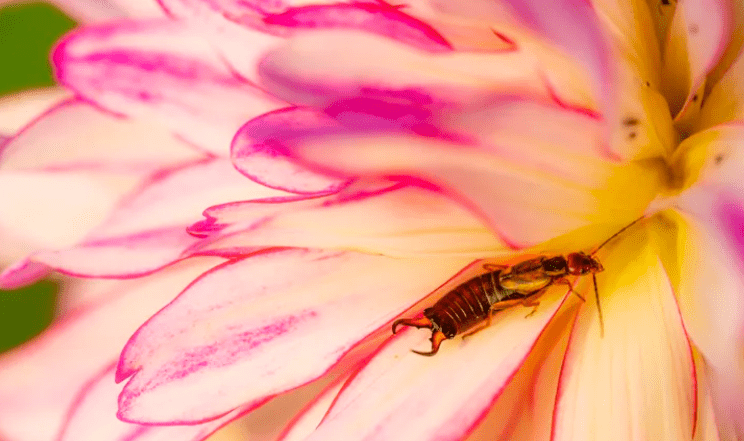
Treatment options, both organic and chemical.
When it comes to treating pests and diseases in your garden, there are a variety of options available to you. One option is to use organic treatments such as neem oil or insecticidal soaps. These natural remedies can effectively control pests and diseases without harming the environment or beneficial insects. On the other hand, chemical treatments can also be effective in combating stubborn pests and diseases. Products such as fungicides and insecticides can provide quick and powerful relief for your plants. Ultimately, the choice between organic and chemical treatments will depend on your personal preferences and the specific needs of your garden. Regardless of the treatment option you choose, the most important thing is to take action and address any issues that arise in your garden. By being proactive and using the right treatments, you can ensure that your bell flowers stay healthy and beautiful. So, don’t be afraid to take on the challenge of treating pests and diseases in your garden. With the right knowledge and resources, you can set the goal of creating a thriving and vibrant garden that will bring you joy for years to come.
Landscaping with Bell Flowers
Can add a touch of elegance and beauty to any garden. These stunning flowers come in a variety of colors and can be a beautiful addition to any landscape design. Whether you are looking to create a vibrant garden bed or add a pop of color to your front yard, campanula flowers are a great choice.
When it comes to landscaping with campanula flowers, it’s important to consider the maintenance and care required to keep them looking their best. These flowers are relatively low maintenance, but they can be susceptible to pests and diseases. One way to combat this is by using organic treatments such as neem oil or insecticidal soap. These natural remedies can effectively control pests and diseases without harming the environment or other beneficial insects.
In addition to organic treatments, proper watering and soil maintenance are also key factors in keeping bell flowers healthy and thriving. Make sure to water them regularly and provide well-draining soil to prevent root rot and disease. By taking these simple steps, you can ensure that your campanula flowers remain healthy and vibrant.
In conclusion, landscaping with bell flowers can be a rewarding and beautiful experience. By taking on the challenge of maintaining and caring for these stunning flowers, you can create a garden that brings joy and beauty for years to come. So, don’t be afraid to set the goal of creating a thriving garden with bell flowers. With the right knowledge and care, you can achieve a stunning landscape that will be the envy of all your neighbors.
Ideas for using bell flowers in various garden designs: cottage gardens, rock gardens, and borders.
Benefits of Growing Bell Flowers
Discuss the ecological benefits, such as attracting pollinators like bees and butterflies.
Bell flowers are not only beautiful, but they also have ecological benefits as well. By planting bell flowers in your garden, you can attract important pollinators like bees and butterflies. These pollinators play a crucial role in our ecosystem, helping to pollinate plants and contribute to the growth of fruits and vegetables. By including bell flowers in your landscape, you are not only adding beauty to your garden, but you are also supporting the health of our environment.
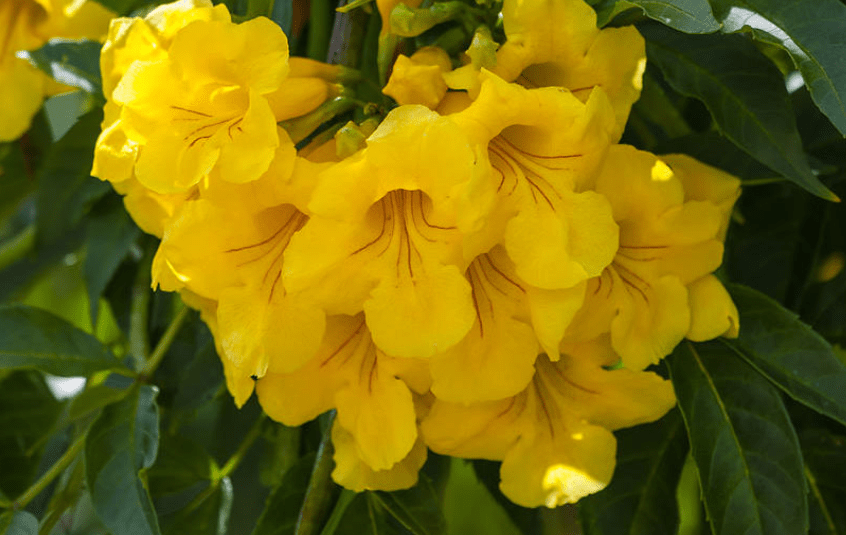
To ensure that your bell flowers thrive and continue to attract pollinators, it’s important to provide them with the proper care. Make sure to water them regularly and provide well-draining soil to prevent root rot and disease. By taking these simple steps, you can ensure that your bell flowers remain healthy and vibrant, continuing to attract pollinators and contribute to a flourishing ecosystem.
In conclusion, landscaping with bell flowers can be a rewarding and beautiful experience. By taking on the challenge of maintaining and caring for these stunning flowers, you can create a garden that brings joy and beauty for years to come. So, don’t be afraid to set the goal of creating a thriving garden with bell flowers. With the right knowledge and care, you can achieve a stunning landscape that will be the envy of all your neighbors. Whether you incorporate them into a cottage garden, rock garden, or border, bell flowers are sure to bring a touch of natural beauty and ecological benefit to your outdoor space.
Highlight the plant’s versatility and low maintenance.
Bell flowers are an incredibly versatile and low-maintenance plant that can bring a touch of natural beauty to any garden. With their vibrant colors and graceful appearance, they are a perfect addition to any landscape. Whether you are a seasoned gardener or just starting out, bell flowers are an excellent choice for adding beauty and charm to your outdoor space. These flowers are incredibly versatile and can be used in a variety of ways, from borders and rock gardens to cottage gardens and more. They are also very low maintenance, making them an ideal choice for those who want to enjoy the beauty of flowers without all the hassle of constant care. With just a little bit of water and well-draining soil, you can keep your bell flowers healthy and vibrant without much effort. These flowers also attract pollinators and contribute to a flourishing ecosystem, making them an important addition to any garden. With their versatility and low maintenance, bell flowers are an excellent choice for anyone looking to create a beautiful and thriving garden. So, don’t hesitate to set the goal of incorporating these stunning flowers into your landscape. With the right care and maintenance, you can create a garden that brings joy and beauty for years to come.
In conclusion, while it may be tempting to just start writing without a clear plan or outline, it’s important to remember that a well-structured and researched blog post can make a huge impact on your readers. Quality content that is supported by research and a clear outline shows that you are knowledgeable and credible in your topic. It also helps to keep your readers engaged and informed. So, don’t underestimate the power of a well-planned blog post, even if you’re writing purely from your own thoughts and experiences. It’s not just for hobby bloggers, it’s for anyone who wants to make a real impact with their writing.
Frequently asked questions And Answer
The best time to plant bell flowers is in the spring, after the last frost has passed. This will give the plants the best chance to establish themselves before the hot summer months.
Bell flowers should be watered regularly, especially during dry periods. It’s important to keep the soil consistently moist, but not waterlogged, to ensure healthy growth.
Bell flowers thrive in full sun to partial shade. It’s best to plant them in a location that receives at least 6 hours of sunlight per day for optimal growth and blooming.
Proper maintenance, such as regular watering and proper spacing between plants, can help prevent pests and diseases. Additionally, keeping the garden clean and free of debris can also help deter pests.
Yes, bell flowers can be grown in containers, as long as the container has good drainage and the plants receive adequate sunlight and water. Container-grown bell flowers may require more frequent watering than those planted in the ground.
Deadheading, or removing spent blooms, can help promote continuous flowering. Simply pinch off the faded flowers at their base to encourage new growth and blooming.
While no plant is completely deer-proof, bell flowers are considered to be deer-resistant due to their bitter taste and toxic properties. However, in areas with high deer populations, additional measures may be necessary to protect the plants.
Bell flowers can be propagated by division or by taking stem cuttings. Division is best done in the spring, while stem cuttings can be taken in the summer. Both methods can help create new plants and expand your bell flower garden. Bell flowers are a beautiful and versatile addition to any garden, and with proper planting and maintenance, they can thrive and bring joy for years to come. So, if you’re considering adding bell flowers to your garden, don’t hesitate to dive in and enjoy the beauty and rewards of growing these lovely plants.
